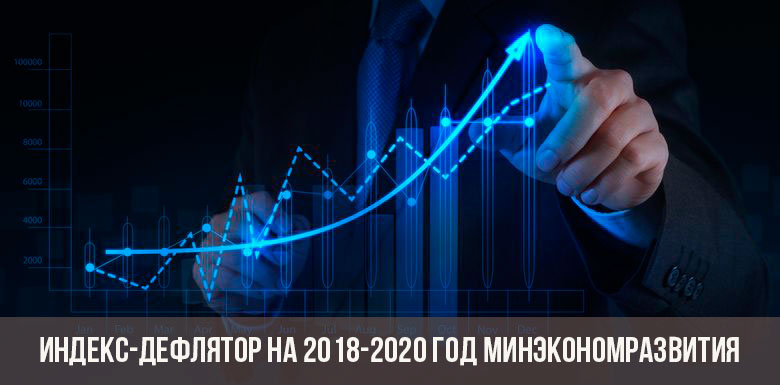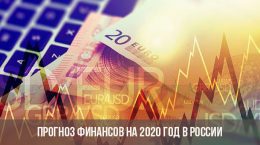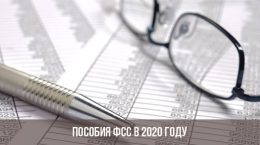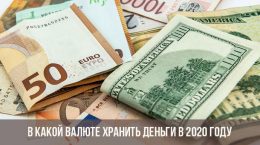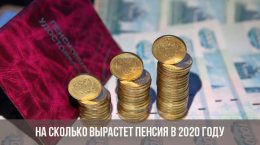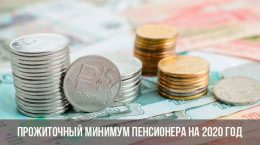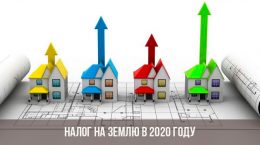Content [Hide]
Among the macroeconomic indicators that help to assess the state of production in the country, to predict inflation, an important place is taken by the deflator index for 2018-2020. It is necessary for calculating taxes; it helps to determine how much money the Russian budget will receive next year.
Who calculates the indicator and how
Macroeconomic indicators that are used for forecasts are calculated from statistics from previous years. The deflator index for 2018 - 2020, the Ministry of Economic Development calculated together with the Federal Statistics Service. In short, the methodology is compared, real and nominal indicators of GDP are compared. The resulting value becomes the basis for calculating tax payments and fees, patent payments and other budgetary costs and revenues.
An example of using an ID in practice: for calculating the tax for 2018 for organizations that pay UTII fees, they use a formula of five factors. One of these factors is the deflation index. For 2018, it was 1,868, in 2019 it will be 1,915. It turns out that entrepreneurs, having received the same income, working with the same number of staff, will pay taxes by 2.5% more (this is the difference between the values of two years).
Taxes will rise - prices will rise and so on. In the end, the final consumer pays for everything: ordinary citizens who go to the store, buy gasoline at gas stations, use the services.
Options for the development of the Russian economy
The deflator index for 2018, 2019, 2020 is calculated by the Ministry of Economic Development based on the prospects for the development of the country's economy and the political situation. For this, several options or economic scenarios are compiled. The basis of all the options is the assumption that the “war of sanctions” will continue, the world economy will increase volumes by at least 3.6% annually, and the cost of oil will increase. Consider these scenarios.
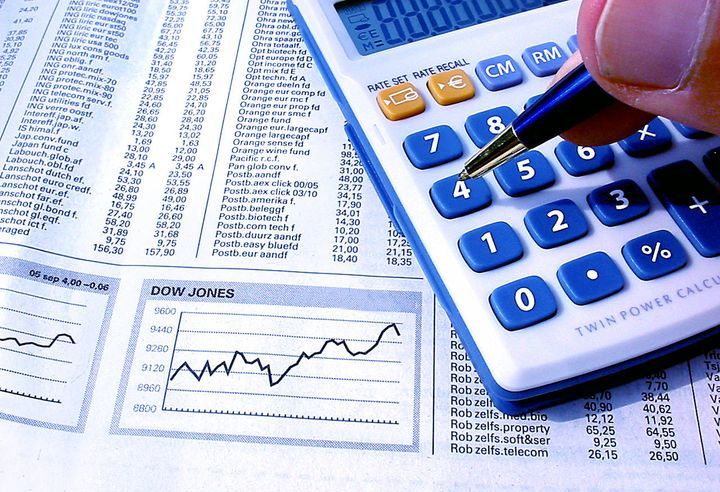
Base
It implies that the conditions that exist now will continue. There will be no sharp ups or downs, the cost of a barrel of oil will be about $ 40. In this version, it is assumed that the export of raw materials and goods will grow by a third. Domestic retail sales will increase, inflation will remain below 4.4%, and GDP will increase above 1.7%. This is a very restrained scenario, which will allow the government to complete no more than half of the planned social projects.
Base plus
A more optimistic option, which implies an increase in oil prices to $ 48 / barrel, will provide improved living standards in the country. Under this scenario, it is planned that domestic trade will grow annually, exceeding 3.5%. Increase the turnover of the service sector, stepping over the value of 2.8%. Inflation will be 4.3%. In such circumstances, the government will fulfill promises on existing social programs, and will begin to develop new ones.
Target
This is an option to strive for. According to it, inflation should be below 3.9%, domestic retail turnover more than 5.3%, in the service sector above 3.9%. If this scenario is implemented, then the GDP will be 3%, and the share of exported goods will grow from 9% of the total (the rest is raw materials) to 50%.
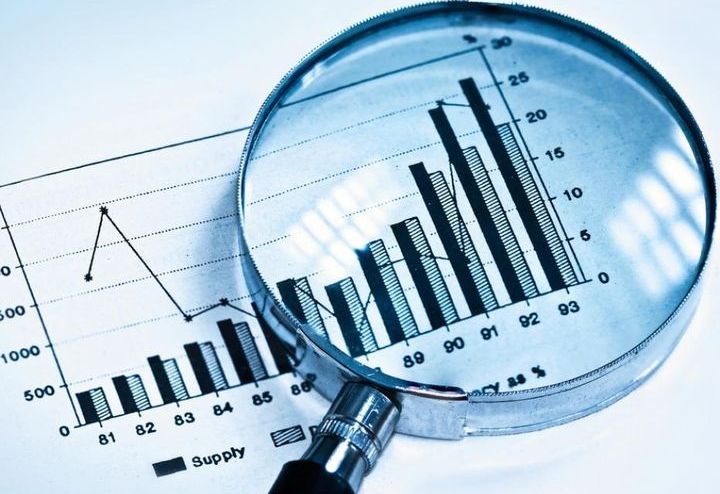
Focusing on economic growth options (bad, ordinary and very good), the Ministry of Economic Development calculated deflators.
But what really?
While the ministry is recommending optimistic ID values (103.4 for the current and future years, 103.2 for 2020), experts from the Higher School of Economics are sounding the alarm. The beginning of this year was marked by a sharp increase in the coefficient: from 103.4 to 109%. It turns out that the values calculated by the Ministry of Economic Development are far from reality.
Of course, with an increase in the global cost of oil, while maintaining and increasing the volume of its exports, an optimistic option is possible. But go to him in a year? Change the deflation coefficient by 6%, which changes on average by 0.2 - 0.4%? Believed somehow with difficulty. In addition, the political situation around the country remains ambiguous.
As far as optimists are right, the beginning of 2019 will show when the economic results of 2018 will be summed up, and forecasts and coefficients are amended.
What will happen to the prices
Any index for something is needed not only by economists, but also by ordinary people. So, the deflator index for 2018 - 2020 helps to navigate: they will grow for goods, services for the final consumer, or not. Based on the realities of this year, we can say: Russian citizens should wait for the next rise in prices. This year it amounted to about 6%, next year it is not yet clear.
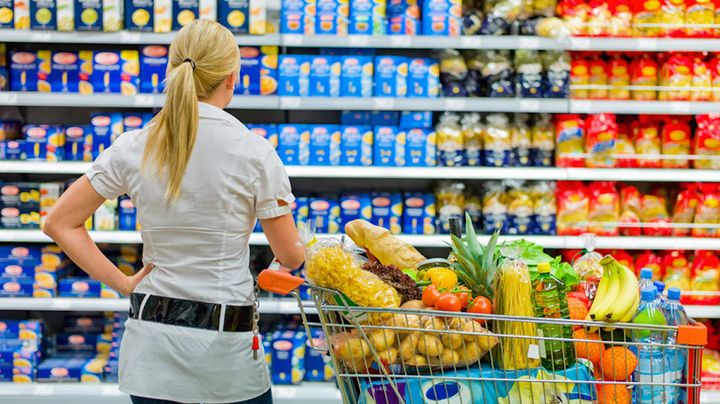
Although the Central Bank of Russia claims that inflation is slowing, the economic situation is improving, another tax increase is coming. It has already been stated that future advance payments to the budget for those who work on UTII will increase by another 2.5%. And this is almost all goods, including medicines, fuel. Taxes will rise - prices will rise. Representatives of several business sectors have already voiced their position:
- in the automotive market suggest an increase in prices by 10 - 15%;
- tour operators forecast an increase in the cost of permits by 15 - 20%;
- builders and real estate experts predict an increase in housing prices by 5 - 7%.
In addition, the new higher VAT rates may not increase the amount of budget revenues, but decrease them due to leaving a part of the business “in the shadow”. So, despite the optimistic forecasts of the Ministry of Economic Development, the economic situation remains ambiguous.
Read also:

